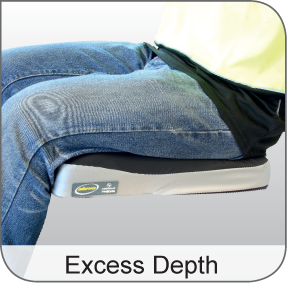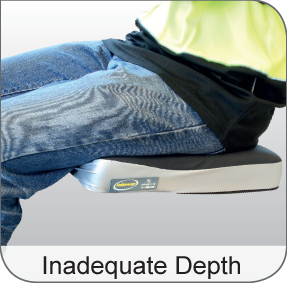How to measure a client’s seat dimensions
In this first of our “how to” series on seating, we will look first at the ‘why’ of the two fundamental measurements for seating – width and depth.
When seated, the cushion provides the basis of support for the whole body. We’ll talk about this in later articles. But remember – the better the fit, the better the pressure care, positioning and function. And remember too – measure, don’t guess. The following images are the result of guessing and not measuring.
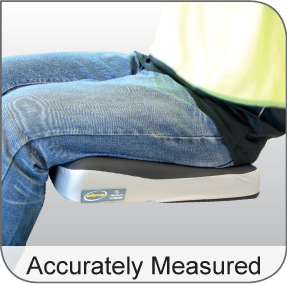
Seat Width
This measurement is always given first. It is the distance, in a straight line, of the wheelchair user’s widest point (usually hips or mid- thighs) If your client sits in a windswept position, it requires measurement of the widest points. These may now be at the hip on one side & the distal thigh or knee on the opposite side.
Excess width can lead to problems such as inadequate support, postural asymmetry and/or trunk rotation, reduced sitting tolerance, discomfort, difficulty accessing environment and poor propulsion.
Inadequate width can lead to pressure injury, discomfort, instability and reduced sitting tolerance.
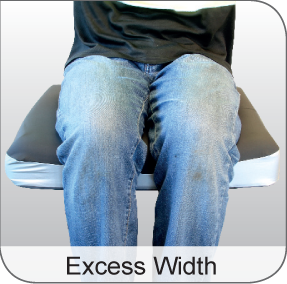
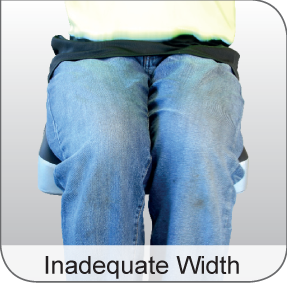
Seat Depth
This measurement is given second. It is based on a measurement from the sacrum (back of the pelvis) to the popliteal fossa (behind the knee). Leg length discrepancies require this measurement on both right and left sides.
Excess depth can lead to a “slumped” posture (posterior pelvic tilt & kyphotic trunk), resulting in the client sliding out of the chair, difficulty with arm propulsion from poor postures and/or foot propulsion.
Inadequate depth can result in inadequate pressure distribution, leading to pain or discomfort, poor postural support leading to reduced sitting tolerance, and the client sliding out of the chair in an attempt to relieve discomfort.
